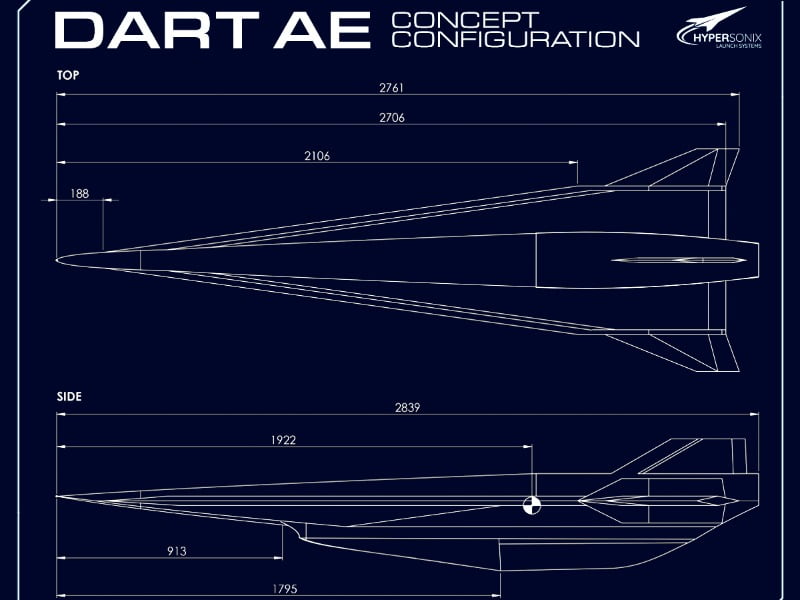Hypersonix Launch Systems has announced successfully completed benchtop testing of an additively manufactured prototype scramjet engine and its hydrogen fuel system.
Announcing the completed tests – conducted at Bulwer Island, near Brisbane airport, on test rigs – Hypersonix said that it had wrapped up all activities supported by a federal Accelerating Commercialisation grant on time and on budget.
The tests were described in a statement as “high-pressure hydrogen gas flow tests through its additive manufactured (3D-printed) scramjet combustor… The HIL (hardware in the loop) bench top tests” completed the work related to the Accelerating Commercialisation grant by March 31.

The $952,575 Accelerating Commercialisation grant was announced in late-2020, the order for Melbourne’s Amiga Engineering to 3D print a fixed-geometry scramjet engine announced last October, and the engine “was delivered under its Christmas tree” after that.
Hypersonix said that this news proves their engine’s fuel system works as designed “and will inform future builds”.
“The SPARTAN scramjet powers all of Hypersonix’s unmanned hypersonic UAVs currently under development. There is also a composite version of the SPARTAN scramjet engine currently in development”, said Managing Director David Waterhouse in a statement.
The company plans to launch a technology demonstrator version of its DART AE (additively engineered) vehicle next year, which will use a single scramjet engine. Further planned vehicles, a Delta Velos Demonstrator as well as a Delta Velos Orbiter, will use four. The Orbiter is intended as a large-scale vehicle for delivery of small satellites into space.
The composites project was awarded $2,950,000 support through Round 12 of the Cooperative Research Centre Projects program, announced in March. It links Hypersonix with LSM Advanced Composites, University of Southern Queensland and Romar Engineering to “deliver a new sovereign manufacturing capability for high temperature oxide-oxide ceramic matrix composites” for a reusable hypersonic UAV (unmanned aerial vehicle.)
Picture: Hypersonix
This story was originally published by @AuManufacturing. You can subscribe to the @AuManufacturing newsletter here.
Do you know more? Contact James Riley via Email.
